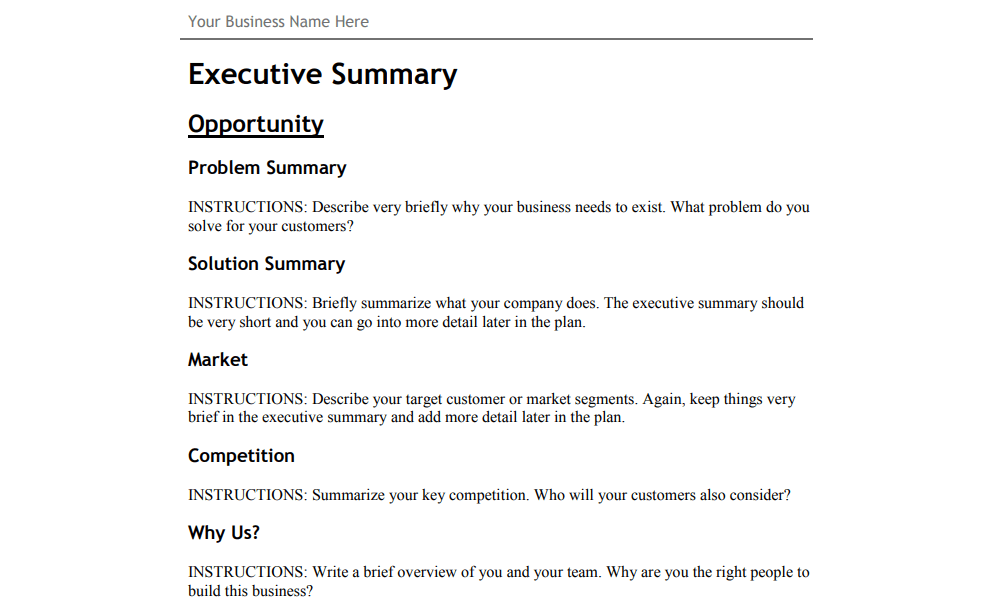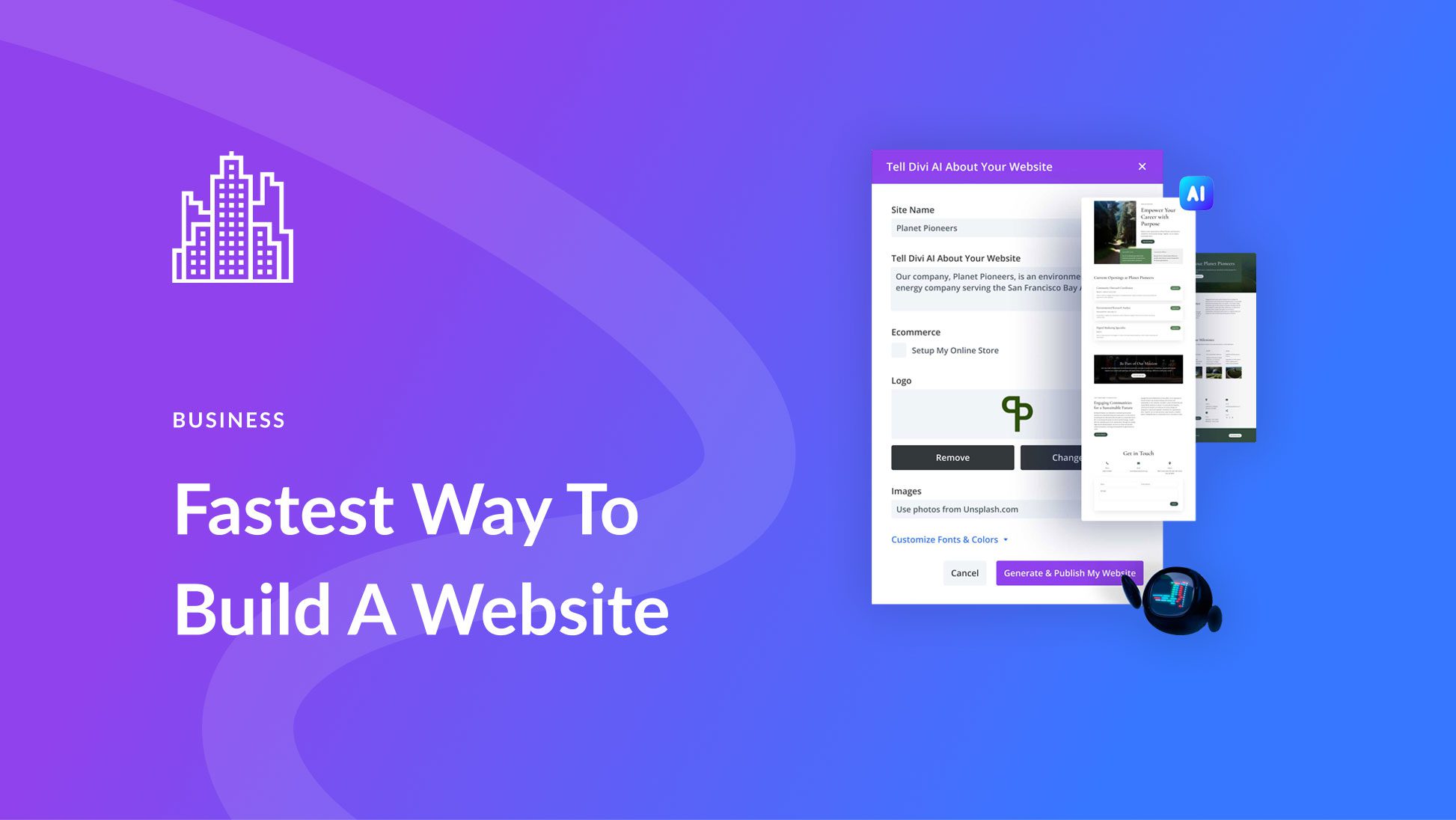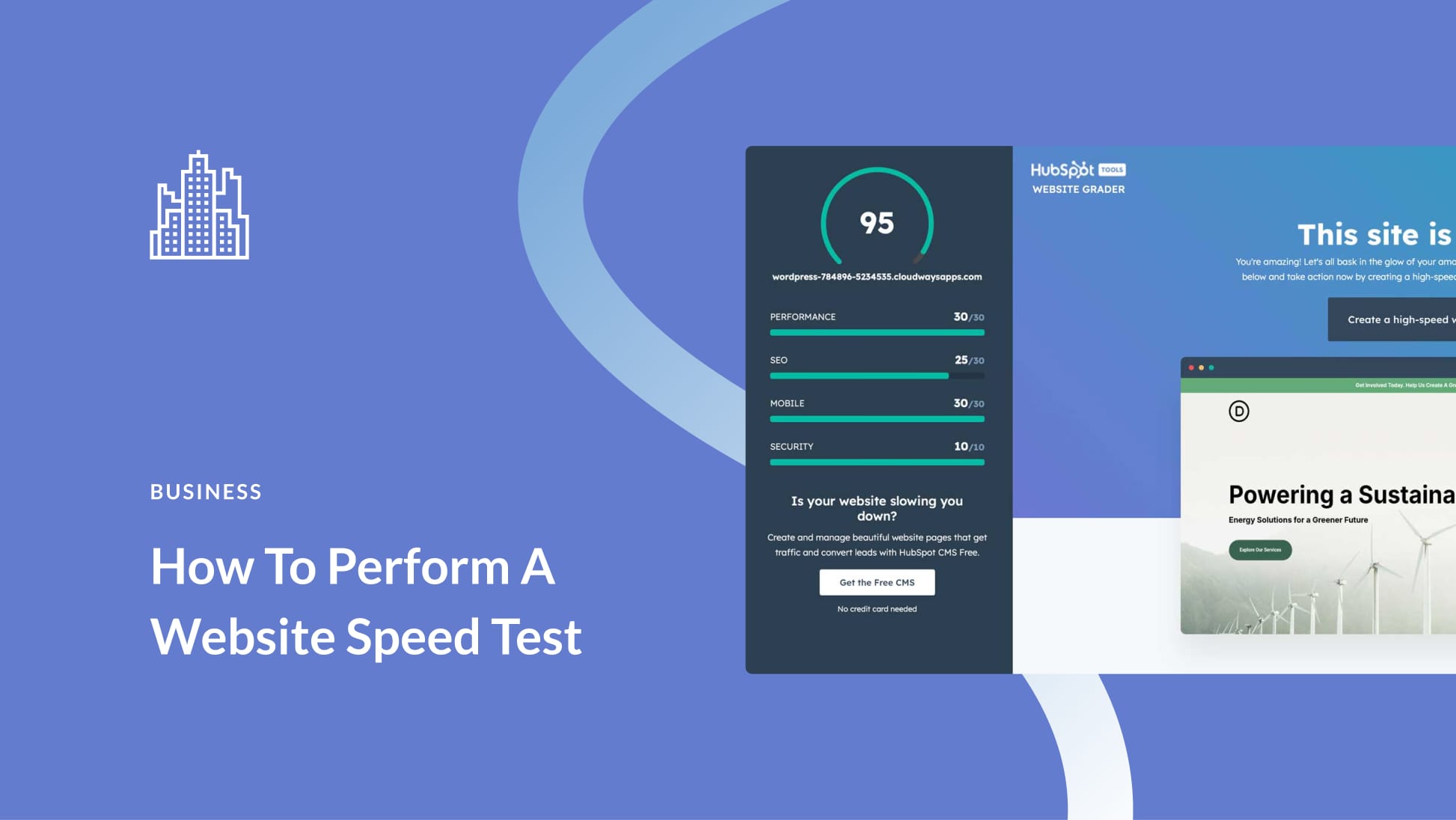Starting your own business comes with plenty of tedious paperwork. Writing out a business plan may seem like an unnecessary step, when you feel you already have a clear idea of where you want your company to go. However, having one in place will definitely pay off over the long term.
This post will teach you all about the importance of having a business plan. We’ll also walk through seven steps that will help you write your own.
Let’s jump right in!
- 1 Why Web Professionals Need Business Plans
-
2
How to Create a Business Plan as a Web Professional (In 7 Steps)
- 2.1 Step 1: Outline Your Business’ Goals
- 2.2 Step 2: Describe Your Products and Services
- 2.3 Step 3: Identify Your Target Audience
- 2.4 Step 4: Map Out Your Marketing Plan
- 2.5 Step 5: Determine Your Operational Needs and Organizational Structure
- 2.6 Step 6: Consider Any Legal Requirements
- 2.7 Step 7: Figure Out Your Finances
- 3 Conclusion
Why Web Professionals Need Business Plans
Both freelance web professionals and those working as employees have pretty straightforward responsibilities. You’ll need to first find a client or receive an assignment, finish the project, get paid, and move on to the next job or task. However, if you’re going to build your own business, things can get quite a bit more complicated.
While other professionals can focus on the present, business owners have to be concerned with the longevity of their companies. Having a plan provides a clear path forward, especially in the moments when you’re wondering what to do next to grow your business.
In the early days of setting up your company, a business plan will provide an outline to help you structure and manage employees, projects, clients, and resources. Plus, it can help you acquire the investors, partners, and other help you’ll need along the way.
If you need to take out business loans or bring on investors to help expand your company, they’ll likely want to see a copy of your business plan. Demonstrating that you’re prepared and have a strategy for maintaining your business can help assure them that you’re a smart long-term investment.
The same applies to partnerships as well. If you want to sell part of your business to another person, who can help you run things and take on some of the burden of ownership, they’ll probably want to see what they’re getting into first.
In short, a business plan is an important tool that can help you over many of the bumps in the road to starting, growing, and maintaining your company. Crafting a thorough plan while you’re still in the early stages of starting your business should prove well worth the time and effort.
How to Create a Business Plan as a Web Professional (In 7 Steps)
Writing up a business plan can take a lot of time, and may require a substantial amount of strategizing and research. You can find e-books and templates online to help simplify the writing process, so you can focus on the aspects that are unique to your business:

Throughout the following steps, we’ll show you everything you need to include if you’re looking to create a well-rounded business plan, whether you’re starting from scratch or using a template.
Step 1: Outline Your Business’ Goals
Setting goals can help both you and your business stay on track. Without them, there’s a good chance you’ll have a lot more misses and mistakes as you try to steer your company forward. On the other hand, staying focused on clear objectives can help you accomplish more and solidify your brand identity.
Therefore, make sure to start your business plan off by outlining concrete goals. If you’re not familiar with it yet, we’d highly recommend familiarizing yourself with the SMART framework. It’s also a good idea to have your mission statement in place at this point, since it will inform your goals and shape how you’ll accomplish them.
Step 2: Describe Your Products and Services
At the core of every business is a product, a service, or both. A detailed description of your offerings is a key element of your business plan. Within your plan, you can strategize about how you’ll produce your products or offer your services, and deliver them to your customers.
Successful products and services are those that provide a solution to some kind of problem faced by your target audience. Explaining how your offerings solve an important problem – and how you do this differently or better than your competition – should go in your plan too. If available, you can also include information about considerations such as price and production costs in this section of your business plan.
What’s more, in order for your company to continue expanding, you’ll likely need to come up with new products and services over time. Noting down your ideas for future offerings can help give you direction, and show potential investors or partners your company’s potential.
Step 3: Identify Your Target Audience
Without customers or clients, your business won’t generate any revenue. Therefore, it will be difficult to get off the ground if you haven’t done any research into the people who might want to pay for the products or services your new company offers.
The process of audience research can also help you come up with ideas for new products. By determining what problems your target audience faces, you can work on finding solutions, and then developing products or services to provide them.
The first step will be to put together a comprehensive marketing persona as part of your business plan. In order to effectively market your products or services, you’ll need to pinpoint your audience so that you can implement targeted strategies.
Step 4: Map Out Your Marketing Plan
Spreading the word about your business and what it has to offer is vital to the growth of your business. Your marketing plan will lay out how you intend to do this. A lot of research is necessary to make the most of this part of your business plan.
There are many different marketing strategies you might want to implement, to get the word out about your company. Email newsletters, social media campaigns, and content marketing are all smart techniques that web professionals can use to reach more leads.
However, part of your marketing plan will also need to include information about which channels are most popular among your target audience. Researching demographics and your competitors’ marketing strategies can help you get started. You’ll also need a marketing budget, a portfolio of your best work, and a brand strategy. It’s a lot to put together, but doing the work upfront will save you time and help you avoid mistakes later on.
Step 5: Determine Your Operational Needs and Organizational Structure
There are two key things your business needs to keep running that we haven’t touched on yet – equipment and people. Whether you’re a developer, a designer, or another type of web professional, there are probably some programs or other tools you use to make your job easier. You’ll want to note those requirements in your plan, along with how much each tool costs and what it’s needed for.
In addition, your plan should account for any employees you’ll need to hire. This might include other developers, a marketing specialist, or an accountant (just to name a few examples). Any skills needed to keep your company afloat that you don’t have yourself will have to be provided by someone else.
Even if you have a wide range of skills, you probably can’t do everything on your own. Knowing when to hire out and delegate tasks will be vital if you want to avoid burnout. If you’re not ready to bring on employees right away, listing some potential roles in your plan will still be helpful in the future. You can one of these plugins to create your own business job board on your company website so you can quickly (and cheaply) post jobs and hire top-talent.
Additionally, you’ll need to outline the organization of your business. Specifically, you should make its hierarchy clear, and provide guidelines for how employees, contractors, and the like will interact and work with one another, in order to provide quality products or services.
Step 6: Consider Any Legal Requirements
It’s not a bad idea to hire a business lawyer to provide some guidance when you’re first starting out. They can advise you on how to structure your company, and what will be required of you legally as a business owner.
This includes considerations such as paying taxes, and what will happen if your business fails. These are crucial financial concerns, and you don’t want to make mistakes in this area. So consider your lawyer fees to be an investment in your future financial security.
Plus, there are several documents you may want to create at this point and get legal consultation on. License agreements and client contracts are key to bringing in revenue for web professionals. Making sure yours are airtight now can prevent many problems later on.
Step 7: Figure Out Your Finances
Finally, you’ll need to put together a financial plan. Saving this for the end of your business plan can be helpful. That way, you’ll have already gathered plenty of details on your business’ expenses, including production costs, marketing expenses, employee wages, and legal fees.
Moving forward, you’ll need a strong system in place for closely managing your business’ finances. Additionally, you’ll want to determine when you’ll get paid, and how you’ll pay your employees, taxes, and any other key expenses (e.g., office space, utilities, and rent).
Finally, you’ll have to account for any upfront investments you’ll need to make in order to get your business started, whether that’s loans or money from investors. Bringing in an accountant to help you with this part is probably wise, and can be the start of a relationship that will serve you well over the lifespan of your business.
Conclusion
While writing your business plan may not be the most exciting aspect of starting your own business, it’s definitely a necessary step. In the long run, you’ll appreciate the time you put into creating this plan in the early days of your company.
Following these seven steps will help you put together a comprehensive business plan:
- Outline your business’ goals.
- Describe your products and services.
- Identify your target audience.
- Map out your marketing plan.
- Determine your operational needs and organizational structure.
- Consider any legal requirements.
- Figure out your finances.
Do you have any questions about creating a business plan? Let us know in the comments section below!
Article Thumbnail Image ChristianChan / shutterstock.com









Awesome post. Thanks for this great article. It is very useful to all the web designers to consider these important points while starting their own business .
thank you for providing such an informative article.
this will surely help me creating business plan.
I suggest to start with the lean canvas. It’s a 1-page business plan and you can fill it and save it online. It’s free as far as I remember.
Thanks for the suggestion Jean 🙂
This is a very handy guide. Especially when there are so many younger people entering the market place who are just trying to make a buck. Things are hard enough to figure out on your own. Guides like this are extremely useful!
This article is very informative and helpful. Thanks for sharing this.
You’re very welcome Luke 🙂
I had a business model in my mind but was a bit confused as to how to work towards it and from where to start, thanks for the great pointers and for making it a lot easier for me to work on it. The pointers were really brief, valid and to the point.
You’re welcome I am glad it helped so much 🙂